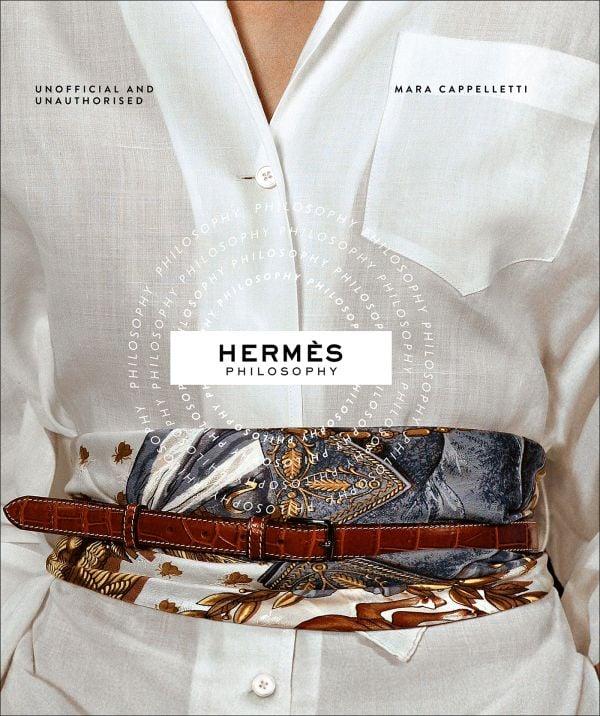
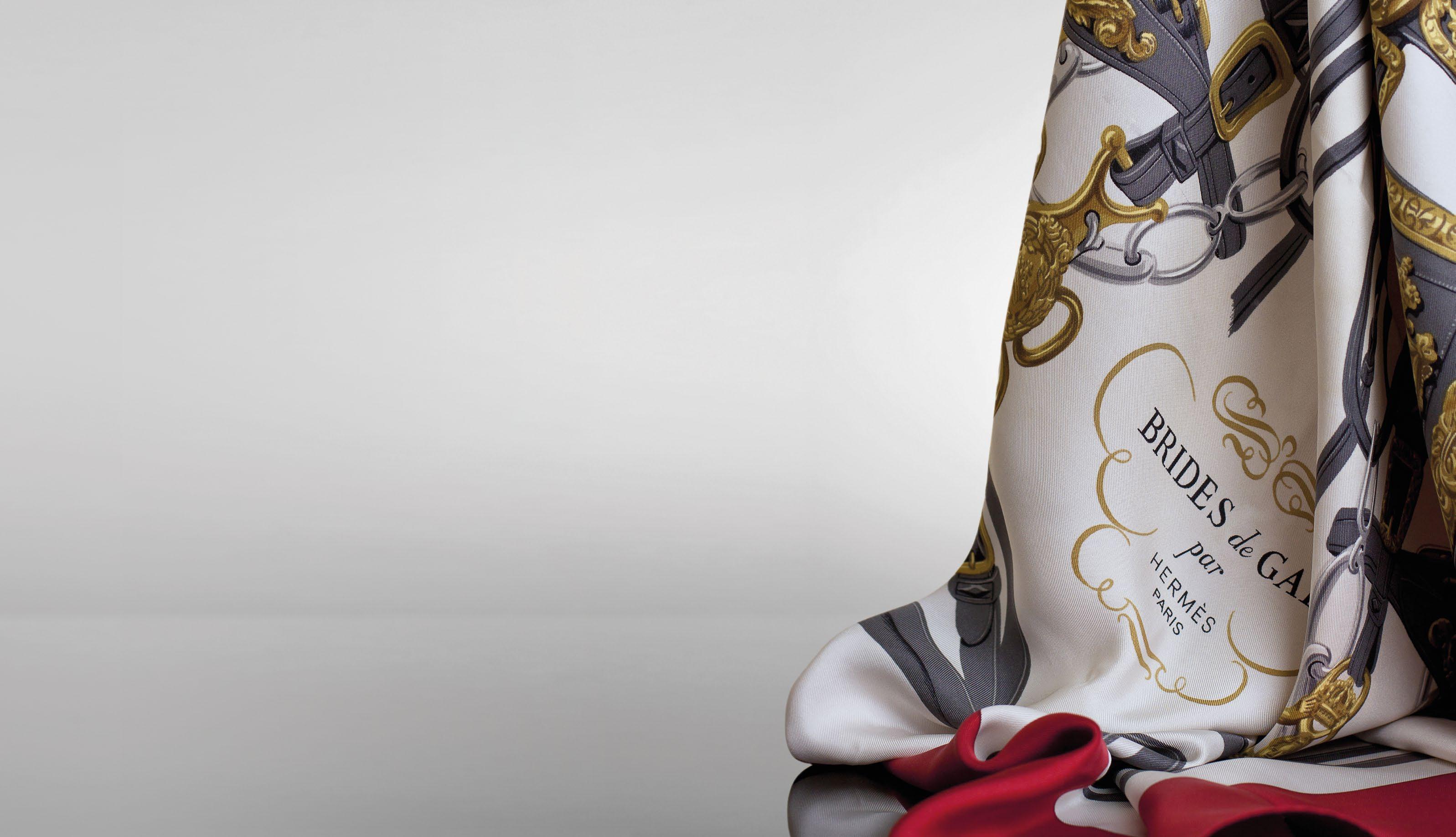

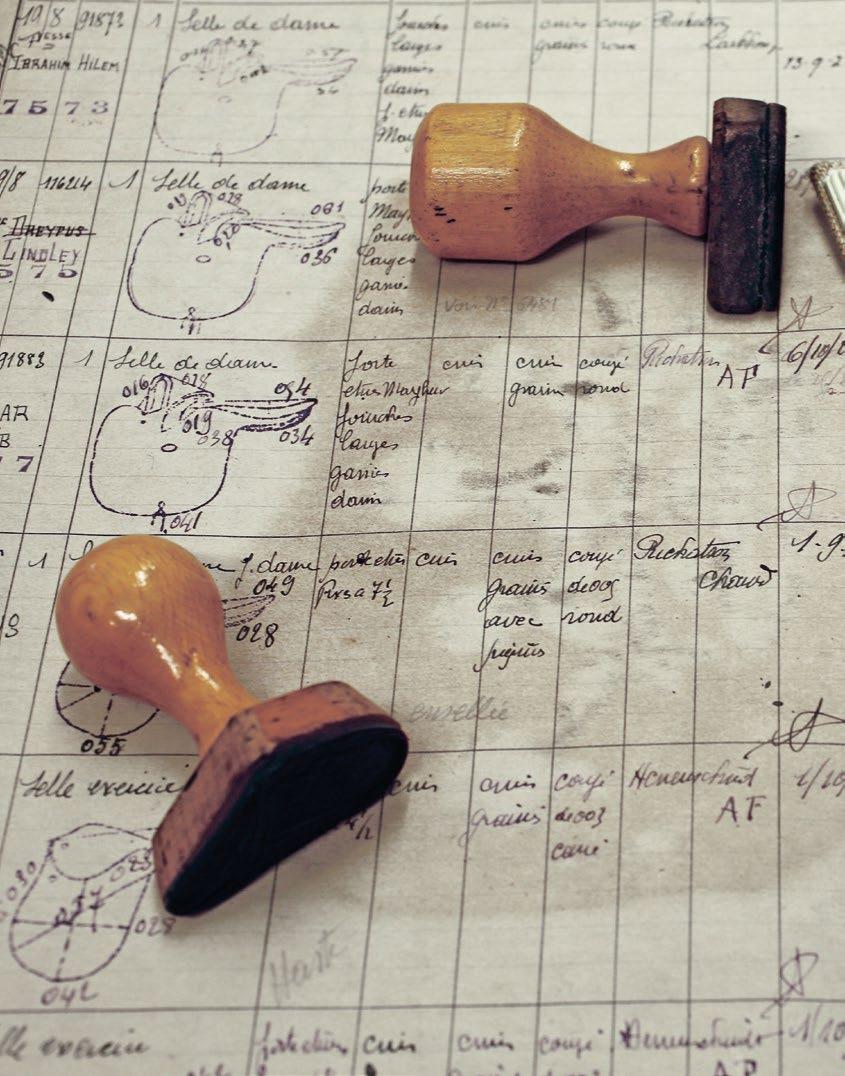
Order book for entirely handmade saddles from the Hermès atelier in France.





Order book for entirely handmade saddles from the Hermès atelier in France.
Hermès isn’t just a luxury brand: it’s a veritable institution in the fashion industry, a symbol of elegance and refinement thanks to the vision and work of Thierry Hermès and his descendants.
Hermès is nothing short of iconic in the world of luxury. According to the brand consultancy Interbrand, Hermès ranked 22nd on its list of Best Global Brands – Top 100 in 2024, worth 37.4 billion USD. That places it as the second luxury brand in the world, behind only Louis Vuitton, which comes in eleventh place, worth 50.9 billion USD.1
That success is even more impressive if we consider that Hermès doesn’t have a large portfolio of different brands like its main competitors, such as LVMH, Richemont and Kering.
Instead, what it has is a range of products, from leather goods, lifestyle accessories and furniture to perfume, watches, jewellery and ready-towear, all of which are sold under the Hermès name.2
The brand’s target customers are generally individuals with abundant spending power who are willing to invest in exclusive products which are crafted with meticulous attention to detail and quality.
The company’s product range has expanded over time, despite maintaining an absolute consistency in terms of design, products and communication style, thereby achieving greater and greater success up to today. However, the story of one of the world’s leading luxury brands began over a century ago, and is inextricably linked to the Hermès family.
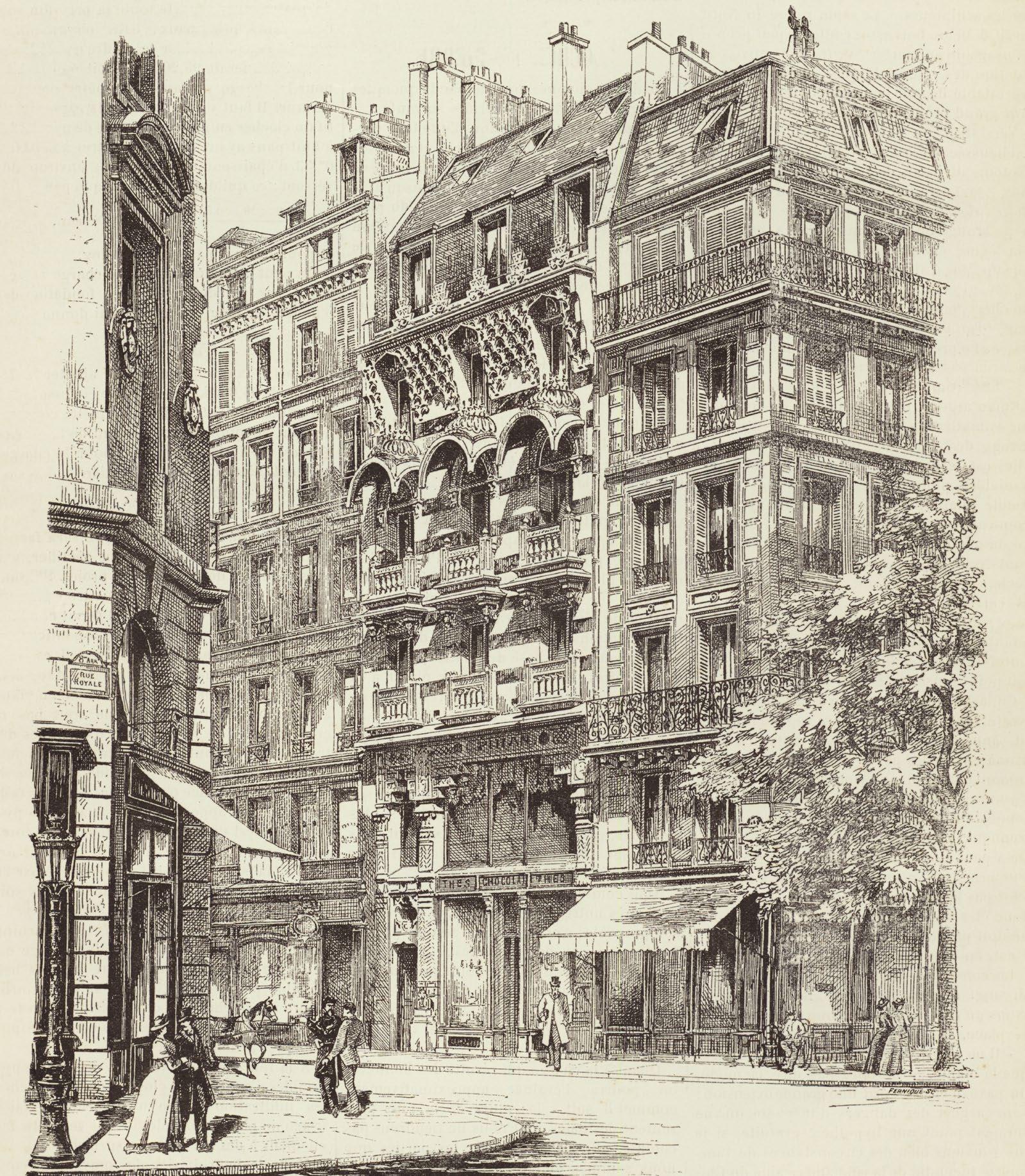

Seeking his place in that gilded world, CharlesÉmile Hermès moved the Hermès fashion house to 24 Rue du Faubourg Saint-Honoré in 1880. This new location, in one of the most elegant quarters of Paris, made the brand even more visible and accessible to that exclusive circle of customers.
To carve out a special niche among the many other luxury goods on the market, Hermès decided to focus on the quality of its leather as its defining trait. The maison used only the finest hides, tanned according to traditional handcrafted methods which guaranteed exceptional durability and unrivalled beauty. This rigorous approach to the selection of materials became one of the pillars of the brand’s reputation.
In this historic context of industrial and creative buzz, Charles-Émile was assisted by his two sons, Adolphe and Émile-Maurice. The second-born was an aesthete and a passionate traveller, and the gauchos of Argentina would be an inspiration to him. Seeing the bags they used to carry their gear, he came up with the Haut à Courroies (literally ‘high belts’). First produced c.1897, the bag is characterised by an ample yet rigid structure, with adjustable straps and durable handles which allowed horseback riders to transport saddles and boots, reflecting the equestrian roots of the brand. Over time, this bag (now called the HAC) became a fine design icon and a prestigious accessory. It would also form the base for the design of the Kelly bag.
Etching of the building in Rue du Faubourg Saint-Honoré which became the Hermès headquarters in 1880. Illustration for La Semaine des Constructeurs, Huitième Année. France, 1883–1884.
The war, however, was an event that left Hermès with one of its most distinguishing elements: its boxes. Recognisable for their iconic orange colour, they have become a distinguishing characteristic which is on par with the luxury products they contain. It must be said that the orange hue wasn’t the brand’s original choice for its packaging. Up until the 1940s, Hermès used boxes in different colours, such as cream and gold. But, due to the scarcity of dye during the Second World War, it began to use orange, the only hue available in large quantities at the time.
The orange hue came to be so closely associated with the brand that in 1994 it was registered as the official Hermès colour, while the boxes would eventually come in almost 200 different shapes to hold various products. Even the brown
cotton ribbon which closes the boxes has become emblematic of the brand. On-tone with the trim of the boxes, those ribbons feature ‘HERMÈS paris’ across their surface and saddle stitching along their edges. They’ve even been given a name: Bolduc, in honour of the Netherlandish town of Bois-le-Duc ('s Hertogenbosch) where they are produced.
Also in the post-war period, Robert Dumas created the logo that has since distinguished the maison. He was inspired by a drawing made in the mid 19th century by the painter Alfred de Dreux, and called Duc attelé, groom à l’attente, which was part of the art collection of Émile-Maurice. The Duc Attelé symbol is characterised by a buggy drawn by horses and a nobleman facing them, and it has become iconic, reflecting the historical roots of the company and its heritage of fine craftsmanship in the production of horse tack.

In the post-war period, Hermès packaging got its characteristically vibrant and energy-packed bright orange hue.
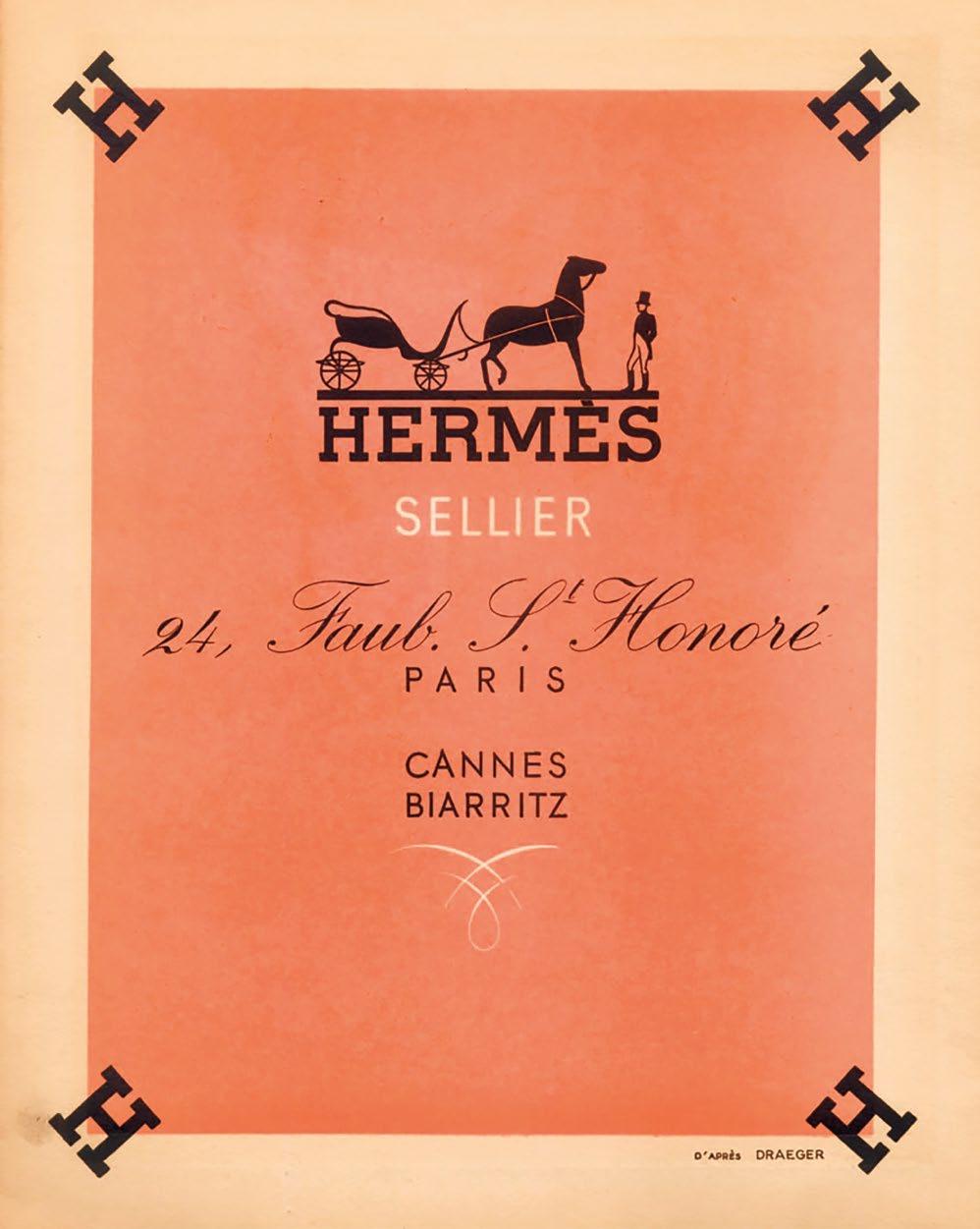
Hermès advert listing its branches. France, 1944.


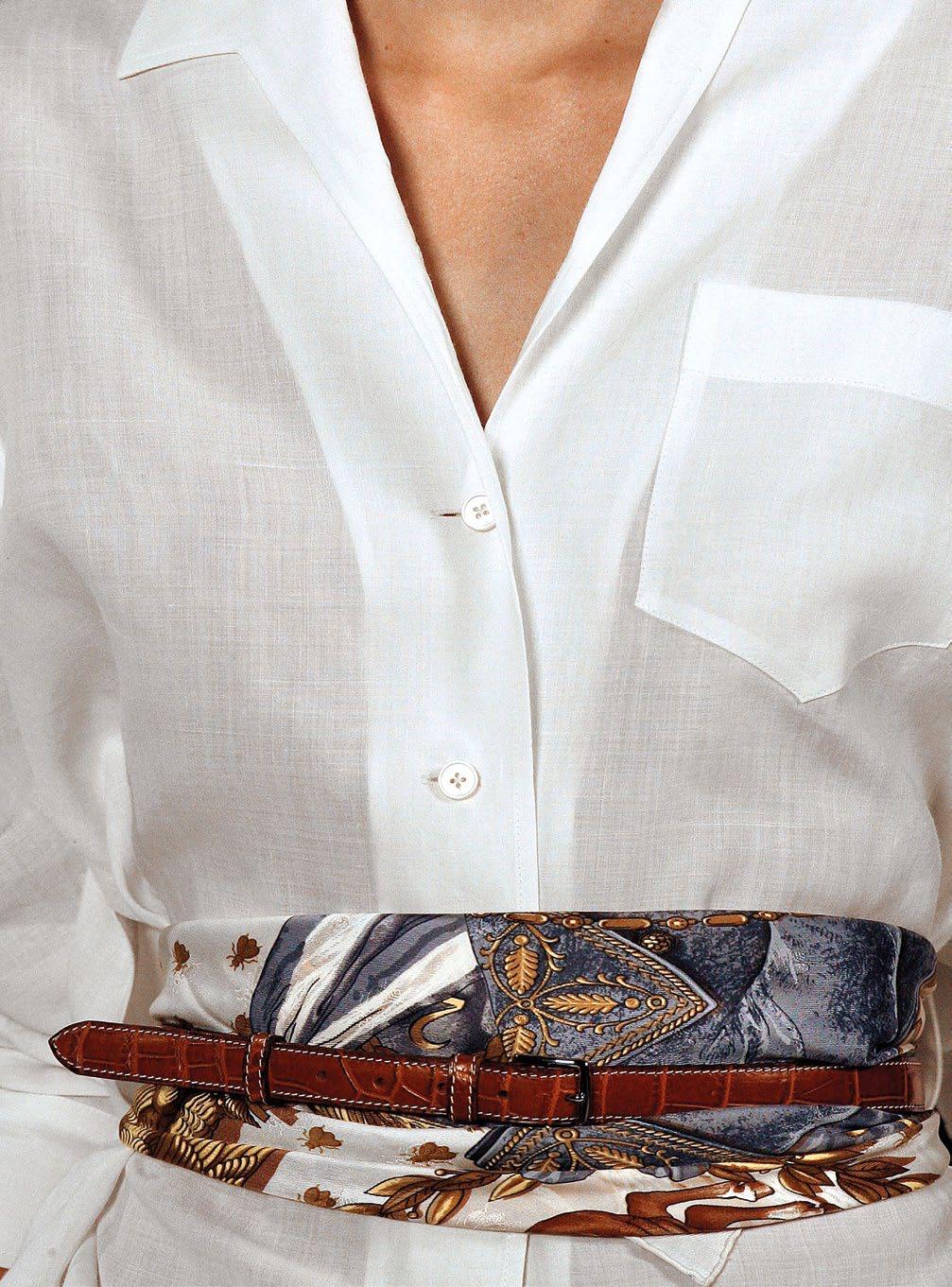
This page – Wearing a silk scarf as a belt was another one of the provocations of the enfant terrible of fashion for Hermès. Opposite page – Detail of a leather corset from the A/W 2004 collection by Hermès under Jean Paul Gaultier’s creative direction.
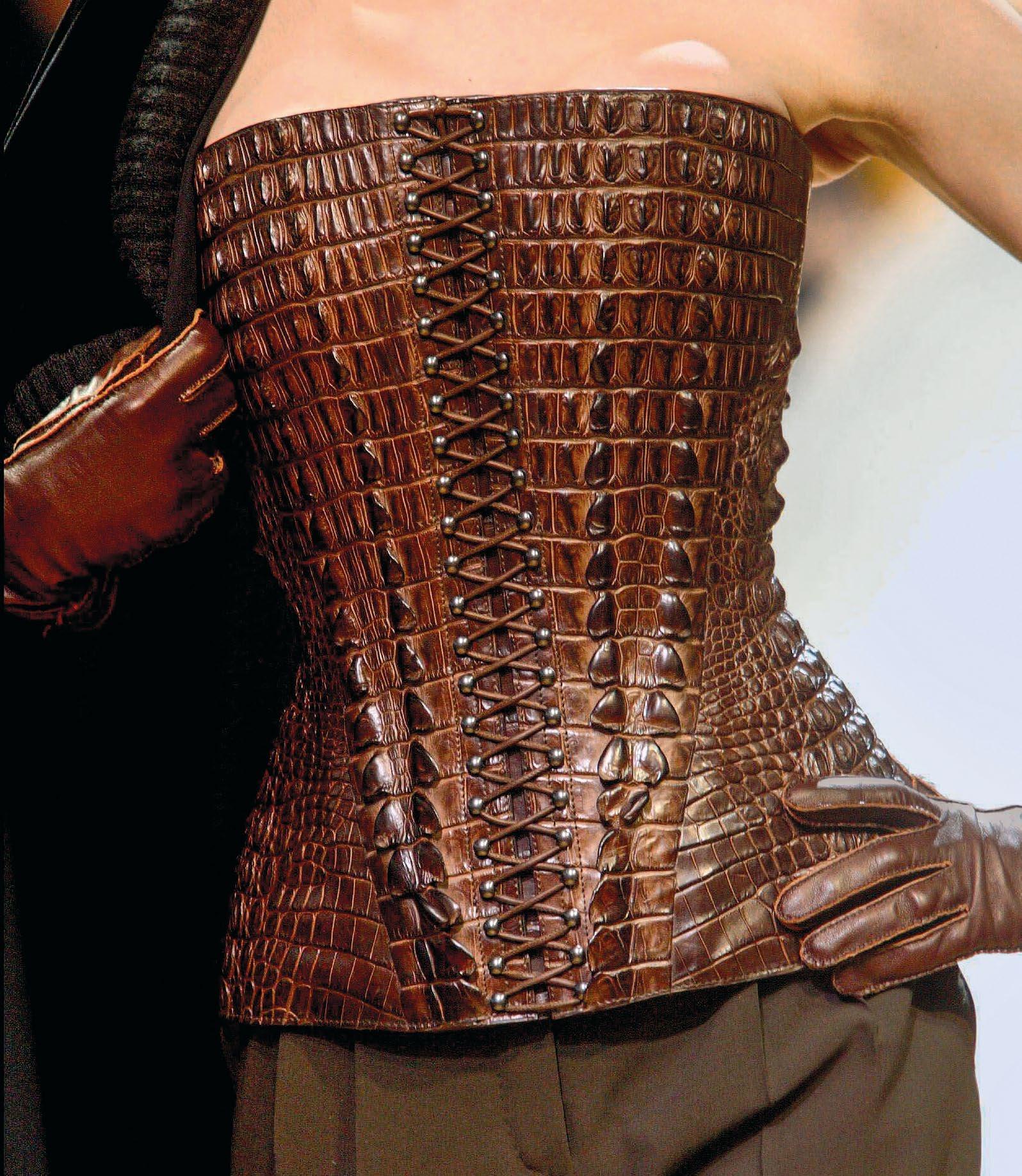

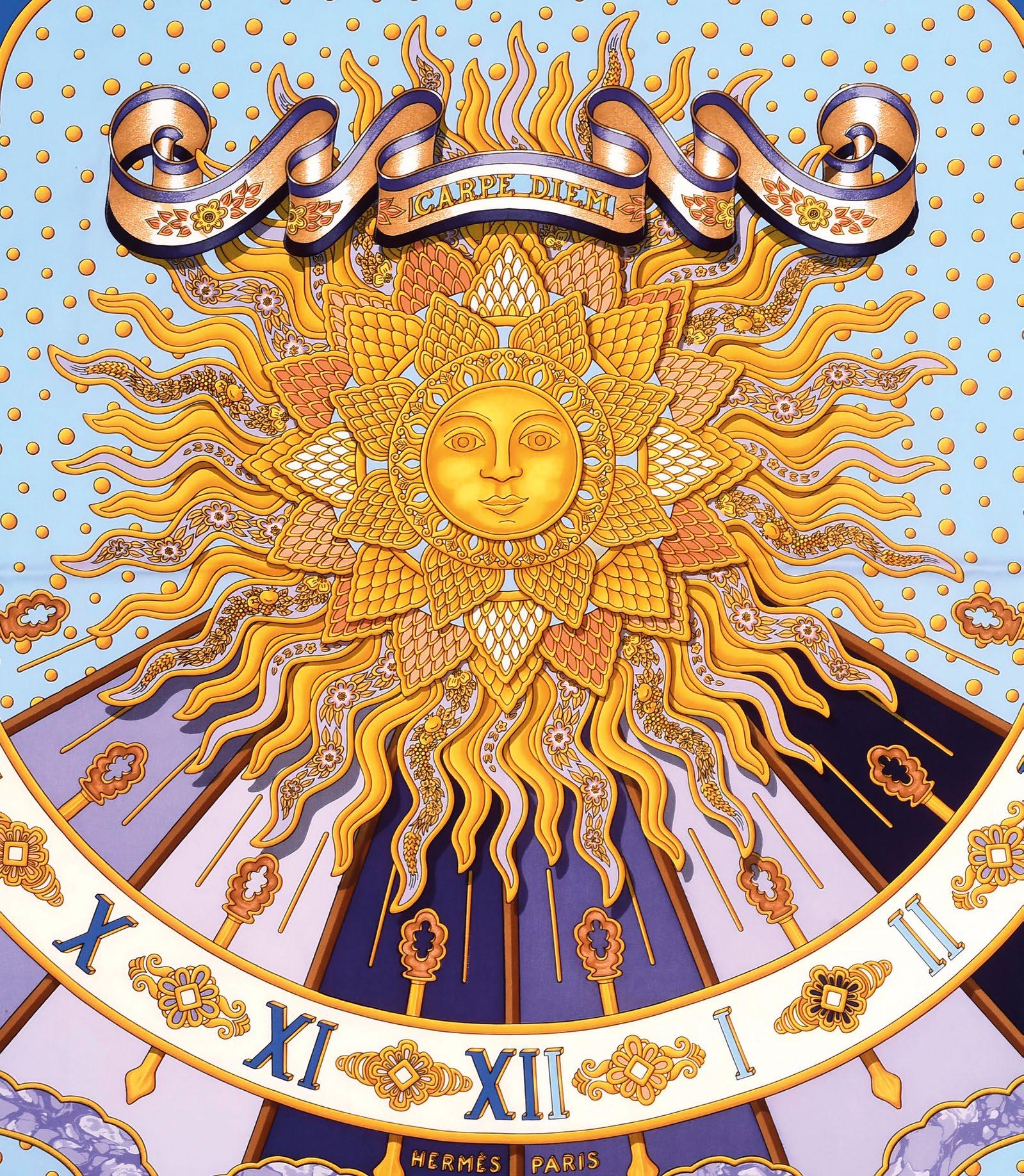


Hermès Mini Kelly Verso double 20, outer colour Feu, interior Rose Eglantine, with palladium hardware, 2019. The Kelly Mini II, an ultra-compact version of the Kelly, was a success among collectors and fashion lovers.
Opposite, top – Mini Kelly Pochette 22 in Swift leather in Blue France with golden hardware, 2016. The Kelly Clutch by Hermès is a compact and refined version of the famous Kelly bag. It has the same elegant and distinct silhouette as the Kelly, but in a much smaller size.
Opposite, bottom – Mini Kelly Pochette 22 in Epsom leather in Rouge Casaque with palladium hardware, 2016. The Kelly Pochette has a lock and clasp closure like the original Kelly, but it has a short top handle.
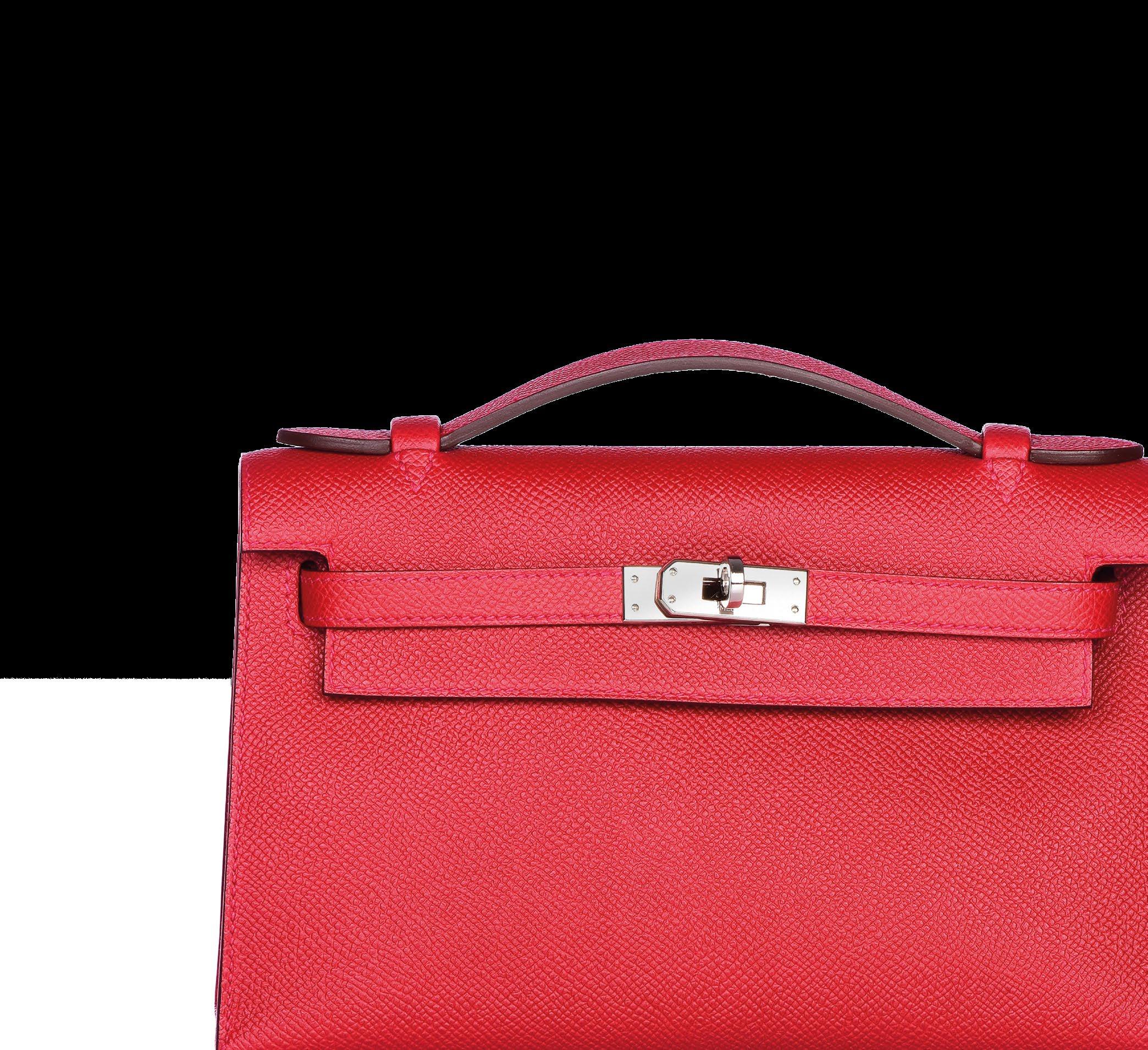





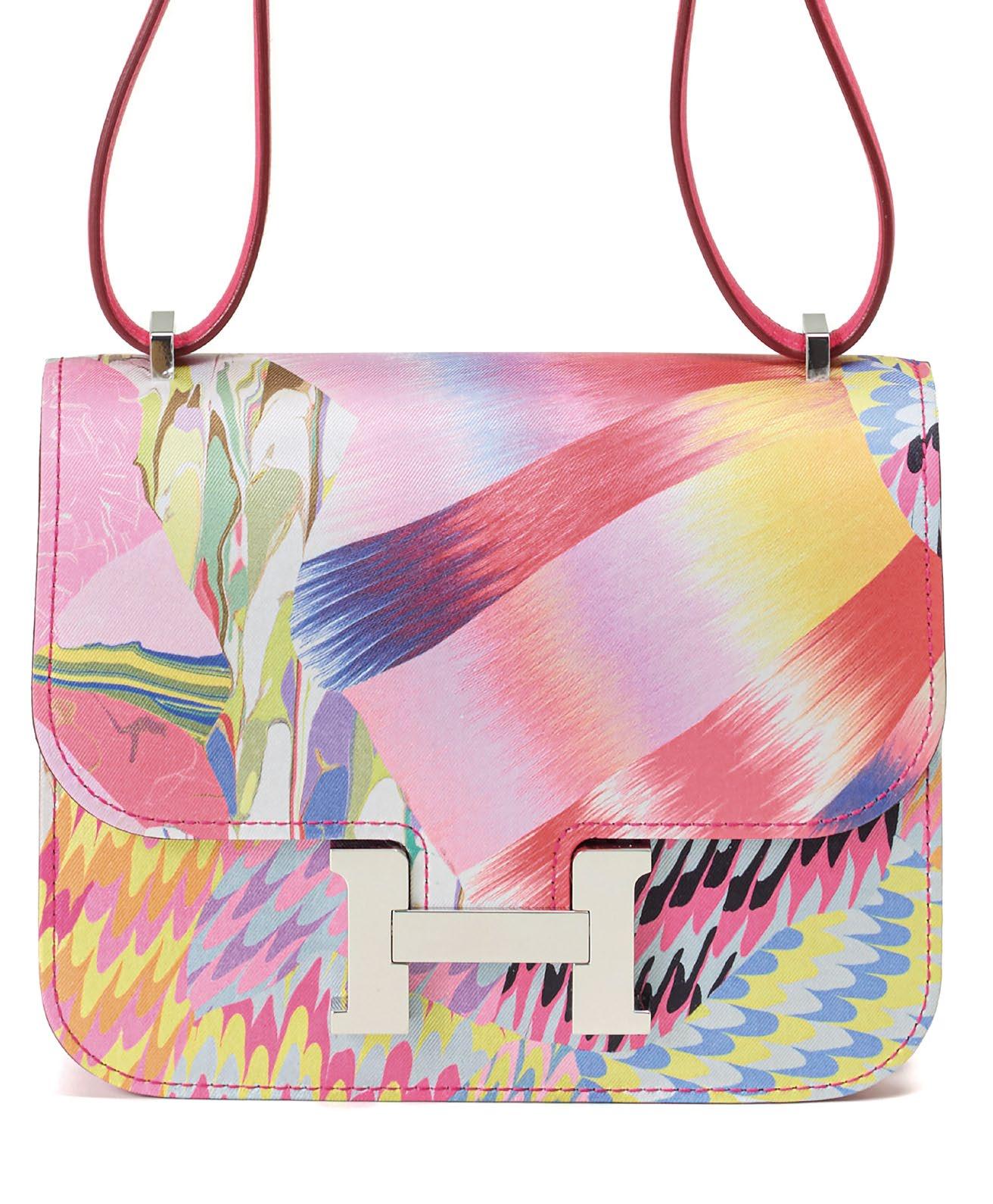
Opposite page – Unique Edition Birkin 25 in matt satin-finish boreal Jaune Citron Nile crocodile leather with palladium hardware, 2022. Sold for 655,200 HKD in May 2024.
This page – Limited Edition Constance 18 in Marble Silk and Rose Swift leather. Carré silk on the outside and fuchsia Swift leather on the inside, palladium hardware, 2022. Marbled silk arises from a Japanese technique which requires incredible skill to give rise to a flowing, sparkling, colourful pattern. Made in an extremely limited number, this rare bag reflects the constant dedication of Hermès to innovation, based on traditional techniques.
Mara Cappelletti hails from Milan. She holds a degree in Foreign Languages and Literature from Milan’s IULM University and studied the history of jewellery and of Eastern art at Sotheby’s Institute of Art in London.
Cappelletti is a freelance journalist and the author of several books on the history of jewellery, ethnic jewellery and watches from various publishers, including 24 Ore Cultura, Nexo, ACC Art Books and White Star. She designs and curates exhibitions on the themes of jewellery and fashion and also conducts research for catalogues. One of these was Gioielli di Gusto e Stile Milano – Storie di eleganza (Jewellery of Milanese Taste and Style – Stories of Elegance), at Palazzo Morando – Milan’s Museum of Costume, Fashion and Image.
Mara Cappelletti is President of the Associazione Culturale Stile e Storia (Cultural Association of Style and History), which focuses on research and the promotion of historical heritage, highlighting the relationship between art, fashion and jewellery as part of the customs of a given time period.
Since 2019, she has worked as an adjunct professor teaching the History of Jewellery at the University of Milan as part of its Master’s programme in Publishing and Communication, Fashion Cultures. Since 2020, she has been collaborating with the Raffles Milano Fashion and Design Institute, teaching the history of jewellery. She also holds conferences and workshops at museums, cultural associations and art galleries.